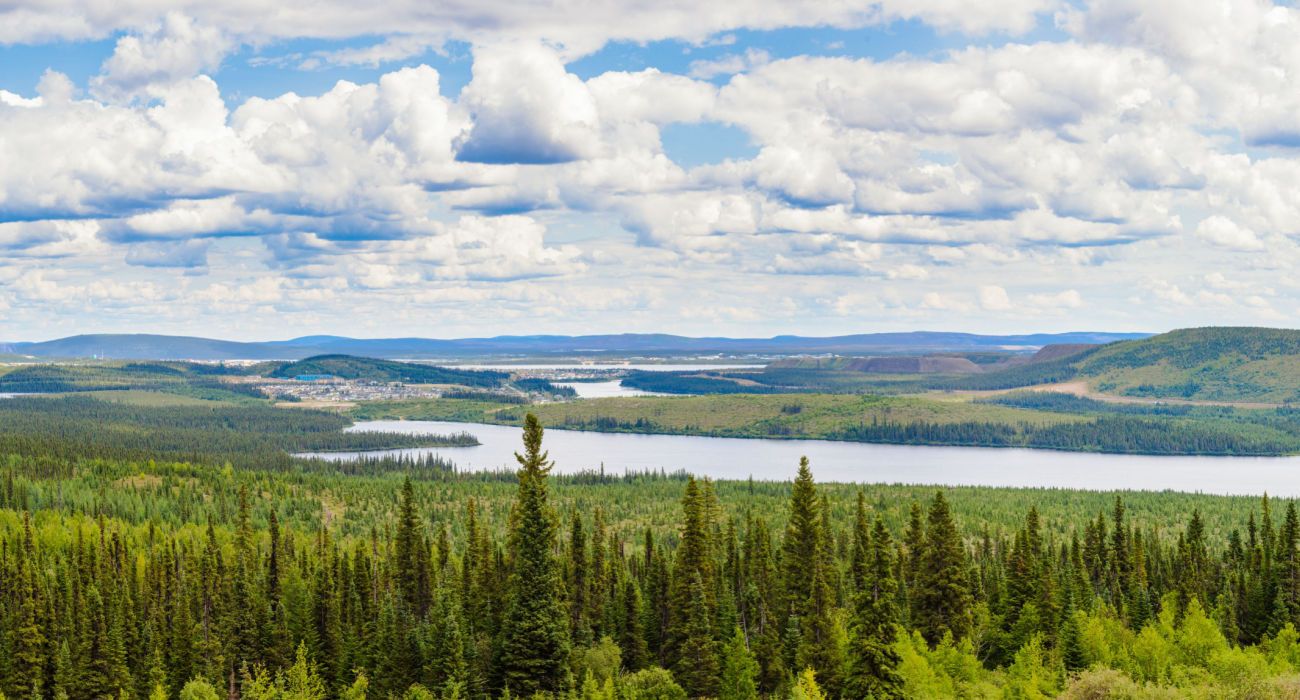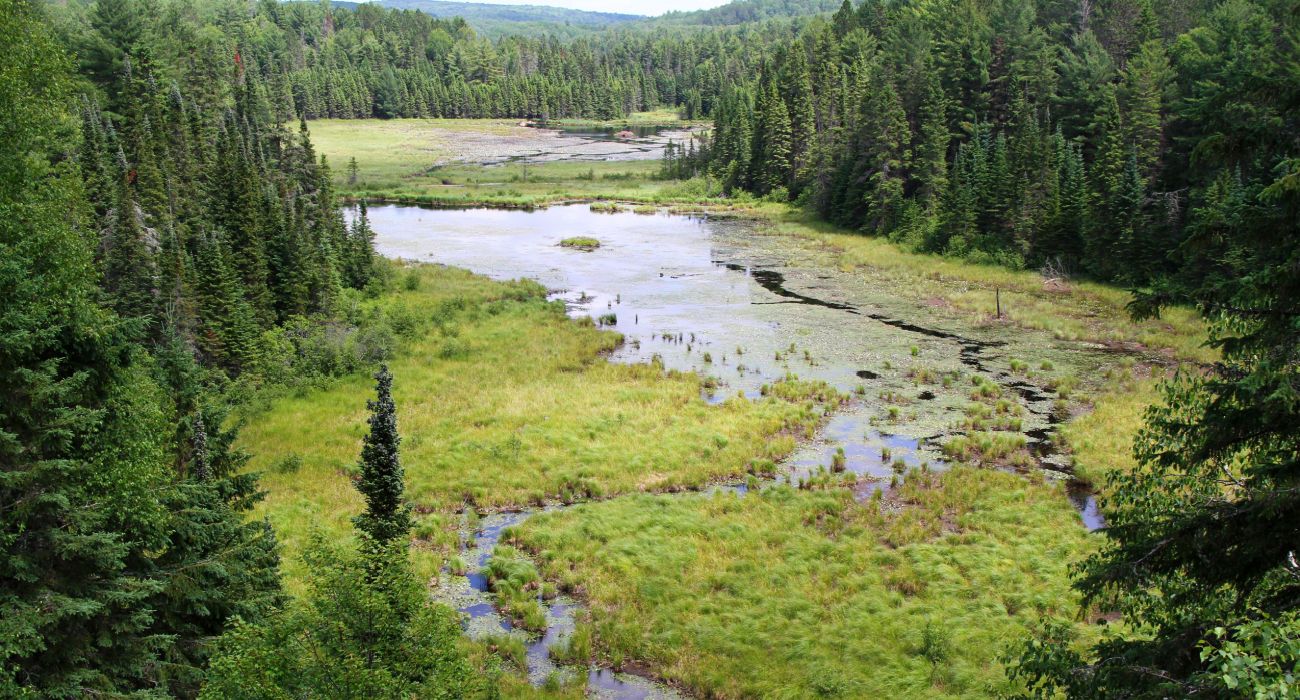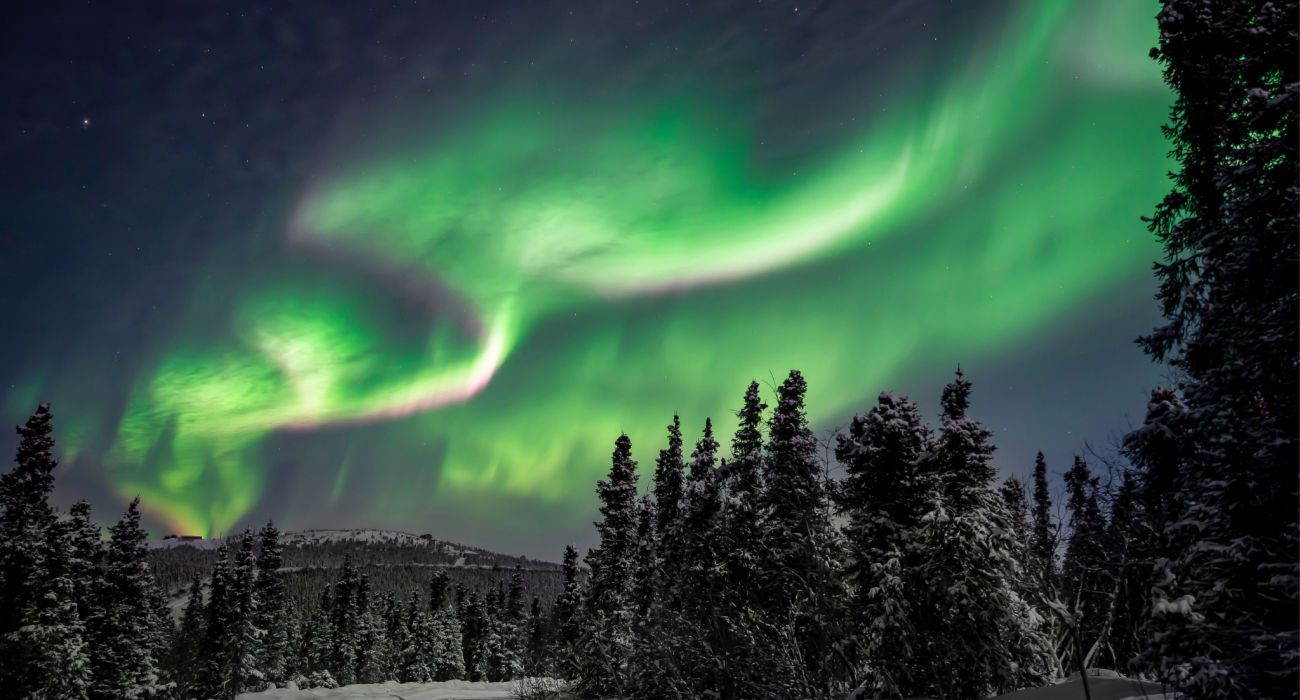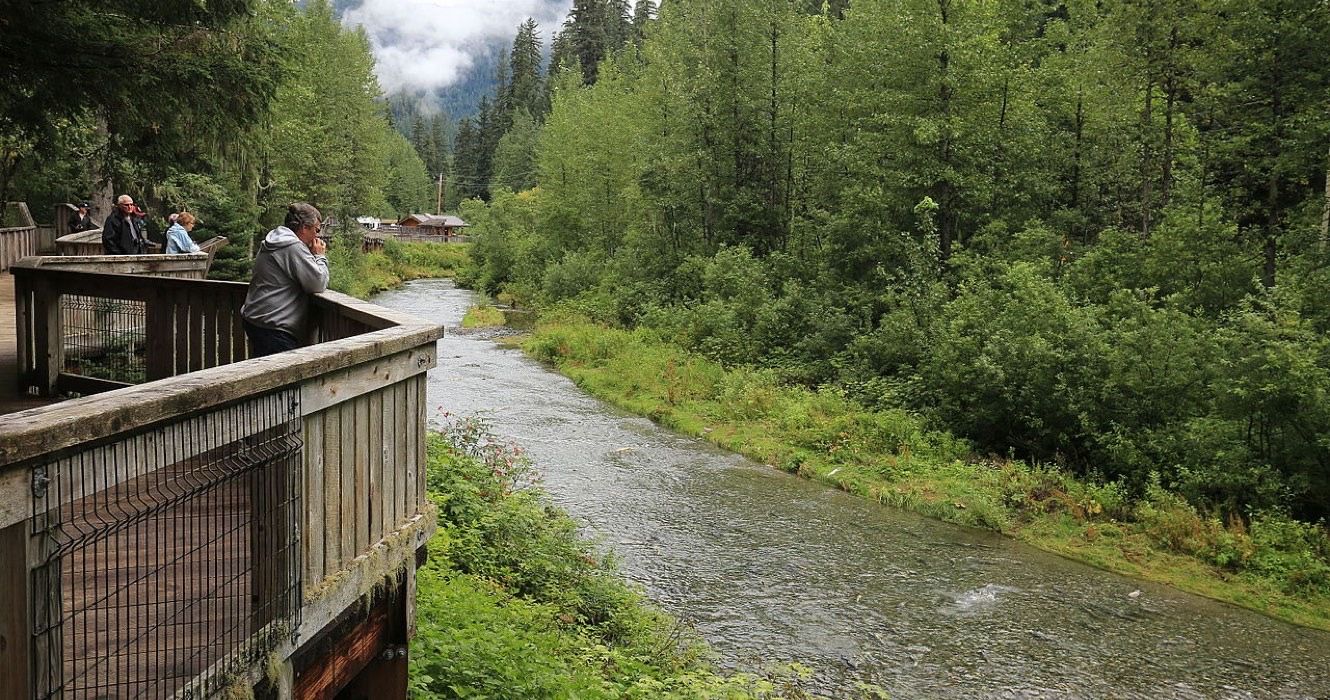Quick Links
Boreal forests (also known as taiga) make up the world's largest biome and account for around 30% of the world's forests. The boreal forests extend across North America from the Canadian Atlantic coast to the Yukon Territory and across Alaska. Much of Alaska is dominated by boreal forests, and they are a big reason why Alaska remains the United States' last frontier.
The boreal forests are often overlooked. Most people who visit Alaska explore the dramatic fjords and the stunning coastal rainforests. But there is another and even larger Alaska beyond that. Next time planning a trip to Alaska, plan to explore the vast and untamed interior of America's largest state.
The Two Forest Types Of Alaska
In Alaska, the boreal forests cover between 60 and 70% of the land area (most of the remainder of Alaska's area is made up of tundra and coastal coniferous forest). Around a third of the boreal ecoregion in Interior Alaska is forested, of which around 60% is dominated by black spruce. The rest is a complex mosaic of shrublands, bog, fen meadows, grasslands, shrub and sedge tundra, and other things like snow and ice of higher elevations.
As one heads north, the climate gets ever colder, and eventually, the boreal forests give way to the tundra. They form a belt running across Russia, Northern Europe, and North America. These forests are considered to be threatened by climate change (and it is feared that their loss would result in the release of huge amounts of carbon dioxide).
Many animals call the boreal forests home, including moose, black bears, brown bears, caribou, and many kinds of bird species.
- Land Area: 60-70% of Alaska Is Boreal Forest Zone
The other type of forest in Alaska is the coastal temperate rainforest. They are rare and only occur in six places outside of Alaska. The vast majority of Alaska's coastal temperate rainforests are old-growth and are very complex and stable habitats. They are home to many wildlife species that have evolved and adapted over the many years to live in them. The trees of the coastal temperate rainforests are mostly Western hemlock, Sitka spruce, mountain hemlock, and Alaska yellow cedar.
The largest national forest in the United States is the Tongass National Forest, and it protects large areas of coastal temperate rainforests.
Boreal Forests Are Far From A Monotonous System Of Trees
Boreal forests, in their present form, are a new part of the world's ecosystem. Only around 12,000 years ago, much of the lands that are now boreal forests were mammoth steppe or buried under gigantic ice sheets (and areas of the boreal forests are still rebounding from the compression of the ice sheets today).
The boreal forests are full of contrasting scenes - they have everything from the low, slow-growing snow-covered trees that look like frozen people to moose wading shoulder-deep in the wetlands. The boreal forest of Alaska is not a monotonous blanket of spindly evergreens but rather a complex mosaic of forest types.
The climate of the forest is cold (it has the coldest terrestrial ecosystem on earth). The ecosystem has long winters, permafrost, and forest fires.
Visiting The Boreal Forests In Alaska
There are many ways to see and explore the boreal forests of Alaska. Many of the national parks preserve parts of it, and there are plenty of roads that explore vast stretches of it. If one would like to enjoy the most epic road trip through the boreal forest and through Alaska, then think about driving the icy and dicey Dalton Highway all the way to the Arctic Ocean. Along the way in the boreal forest is Fairbanks. Fairbanks is the coldest city in the United States, the largest city in Interior Alaska, and one of the best places in the United States to watch the Aurora Borealis (the Northern Lights are visible for 200 days a year).
There are also plenty of off-the-grid lodges hidden away in the forests. Some of them are only reachable by helicopter, and some offer a range of activities like fishing, cross-country skiing, hiking, photography, and other Alaskan outdoor pursuits. One example of such a lodge is the Tordrillo Mountain Lodge - a remote multisport luxury lodge set in the Tordrillo Range. Getting the involves a 40-minute flight from Anchorage (the lodge operates year-round with various seasonal tours and activities).
The boreal forests of Alaska are easy to visit. To get the feel, consider a multiday excursion into the Interior and include kayaking adventures, scenic flights, camping trips, extended hikes, and road trips.
The boreal forests, with their vast, untamed wildernesses, will make one feel like one is truly exploring America's last frontier.






